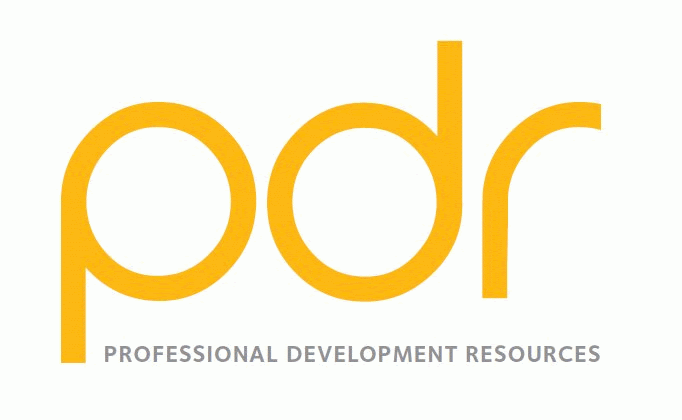By Lois Jean Brady, MA, CCC-SLP, CAS
 “A small pet animal is often an excellent companion for the sick…” – Florence Nightingale (1859)
“A small pet animal is often an excellent companion for the sick…” – Florence Nightingale (1859)
Although the term Animal-Assisted Therapy (AAT) is relatively new, the use of animals to help people overcome illness and/or mental disorders is not a new idea. The earliest use of pet animals for therapeutic use was in Belgium in the middle ages, where pets and people were rehabilitated together, with pets providing a part of the natural therapy for the humans. Following this practice, The York Retreat in Germany and Bethel for the mentally ill and the homeless included animals, as a part of the therapeutic milieu reaping the benefits. Later, the Human Animal Bond was conceptualized by a Psychologist, Boris Levinson and Konrad Lorenz, an Austrian Nobel laureate in Physiology. This bond is explained as an intrinsic need in humans to bond with nature, especially in the background of their chaotic lives. The modern movement of using companion animals as a means of therapy had a multidisciplinary origin, involving the fields of veterinary medicine, psychology, sociology, psychiatry funded by pet food industry (Chandramouleeswaran & Russell, 2014).
There are references to the fact that the early Greeks used horses to lift severely ill people’s spirits. In the 17th century, physicians reportedly began using horses as treatments to improve both physical and mental health issues in their patients. In the 1940s, the American Red Cross and the Army Air Corps established a farm where recuperating veterans could interact with and take care of animals while they were healing from war injuries and illness. Working with the animals was thought to comfort the recovering veterans, help them forget about the war, and focus on recovery (Fine, 2000).
An unlikely champion of AAT was Dr. Sigmund Freud, who used Jo-Fi, his dog, in his clinical practice. Freud believed that Jo-Fi could judge a person’s character accurately. Freud also believed that having Jo-Fi present during his therapy sessions had a calming influence on his patients, particularly children (Coren and Walker, 1997).
However, the first formal therapeutic work and research was done by Dr. Boris Levinson. In 1961, while working with a withdrawn and mentally impaired young boy, Dr. Levinson made an “accidental discovery” involving his dog, Jingles. Levinson briefly left Jingles alone with the boy and, when he returned, found the young boy interacting with the dog. This inspired Levinson to do further research with Jingles and his young patients. He found that the presence of a dog during therapy sessions had a positive effect on impaired young patients. Levinson later used the expression “pet therapy” in reference to Jingles’ beneficial effects on mentally impaired children in a therapeutic setting (Levinson, 1964). In 1969 (p3), Dr. Levinson wrote:
“It has by no means been the intention of this writer to indicate that pets are a panacea for all the ills of society or for the pain involved in growing up and growing old. However, pets are both an aid to and a sign of the rehumanization of society. They are an aid in that they help to fill needs which are not being met in other, perhaps better ways, because society makes inadequate provision for meeting them. In the meantime, animals can provide some relief, give much pleasure and remind us of our origins.”
The term pet therapy marked the beginning of researchers’ and practitioners’ interest in the psychological effects of human and animal interaction and highlighted the critical shift, which regards animals as partners in therapy rather than tools to be exploited (Zamir, 2006)
Online Continuing Education Courses on Animal Assisted Therapy
|
Professional Development Resources is a nonprofit educational corporation 501(c)(3) organized in 1992. Our purpose is to provide high quality online continuing education (CE) courses on topics relevant to members of the healthcare professions we serve. We strive to keep our carbon footprint small by being completely paperless, allowing telecommuting, recycling, using energy-efficient lights and powering off electronics when not in use. We provide online CE courses to allow our colleagues to earn credits from the comfort of their own home or office so we can all be as green as possible (no paper, no shipping or handling, no travel expenses, etc.). Sustainability isn’t part of our work – it’s a guiding influence for all of our work. |
|
We are approved to offer continuing education by the American Psychological Association (APA); the National Board of Certified Counselors (NBCC); the Association of Social Work Boards (ASWB); the American Occupational Therapy Association (AOTA); the American Speech-Language-Hearing Association (ASHA); the Commission on Dietetic Registration (CDR); the Alabama State Board of Occupational Therapy; the Florida Boards of Social Work, Mental Health Counseling and Marriage and Family Therapy, Psychology & School Psychology, Dietetics & Nutrition, Speech-Language Pathology and Audiology, and Occupational Therapy Practice; the Ohio Counselor, Social Worker & MFT Board and Board of Speech-Language Pathology and Audiology; the South Carolina Board of Professional Counselors & MFTs; the Texas Board of Examiners of Marriage & Family Therapists and State Board of Social Worker Examiners; and are CE Broker compliant (all courses are reported within one week of completion). |




